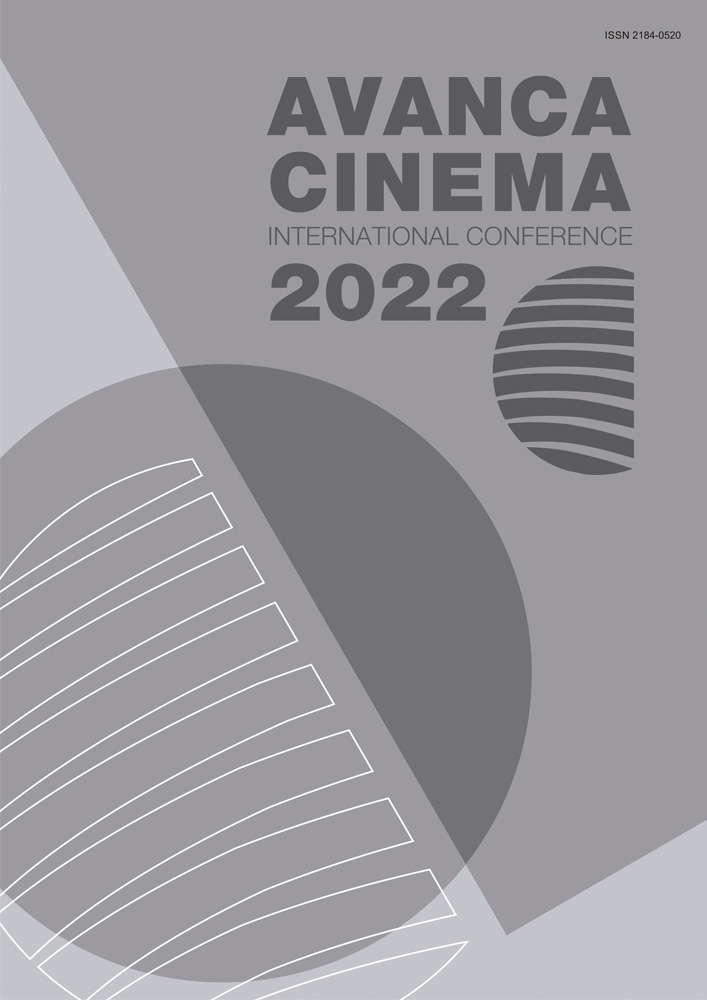Capítulo III _ Cinema - Comunicação
Uma câmera-flecha; mobilizações, cosmopolítica e modos de aldear o cinema
Resumo
The Brazilian context of the last few years has reinforced Rudyard Kipling’s maxim: “The first casualty of war is the truth”. Later, Paul Virilio would correct the sentence by saying that war victimizes the “reality”. In these recent battles, in which the Brazilian State strives to suppress a series of rights conquered by native peoples, cinema and indigenous communication have revealed themselves as important tools (weapons) against the “machine for grinding worlds”, which is like the writer Ailton Krenak names this “entity” called Capitalism.
We saw the emergence of a series of productions carried out and starring by indigenous people, which bring us an enormous renewal of narrative and aesthetic processes. It is as if it were a counter-anthropology or the reverse of the ethnographic film. When we occupy the artefacts of cinema, it is understood that indigenous films represent cameras-arrow that launch themselves into the world, helping to displace traditional notions about science, politics and philosophy, in the quest to expand the concept of Cosmopolitics, engendered by Isabelle Stengers and defended by authors such as Bruno Latour.

Este trabalho encontra-se publicado com a Licença Internacional Creative Commons Atribuição 4.0.

